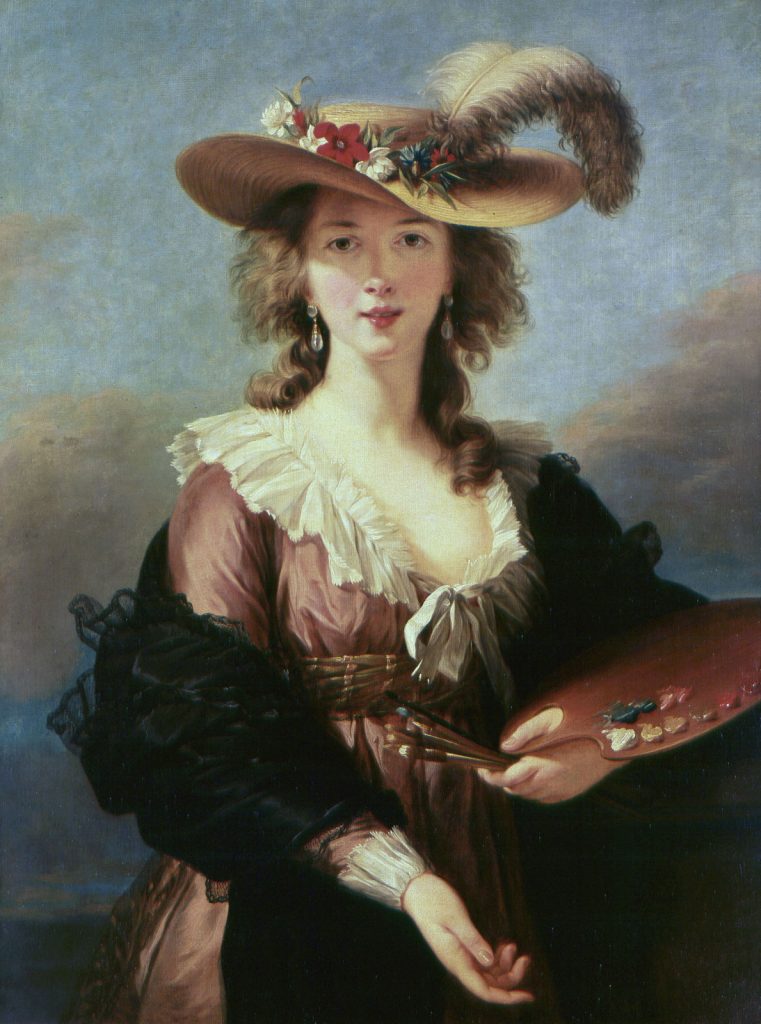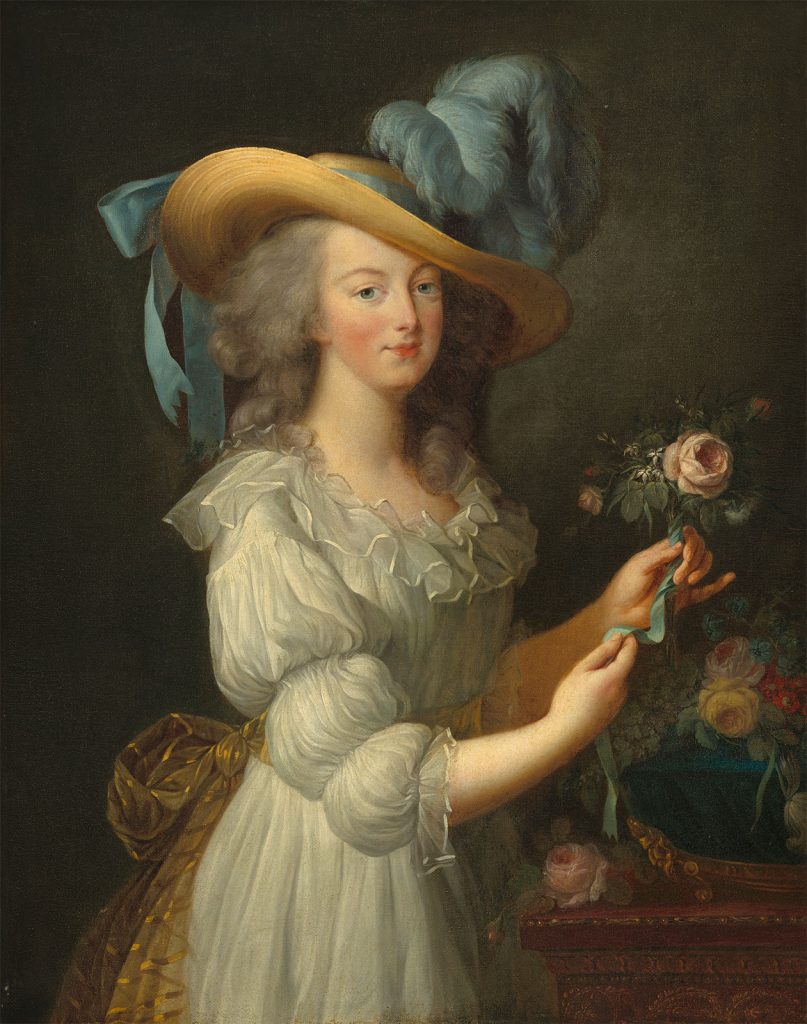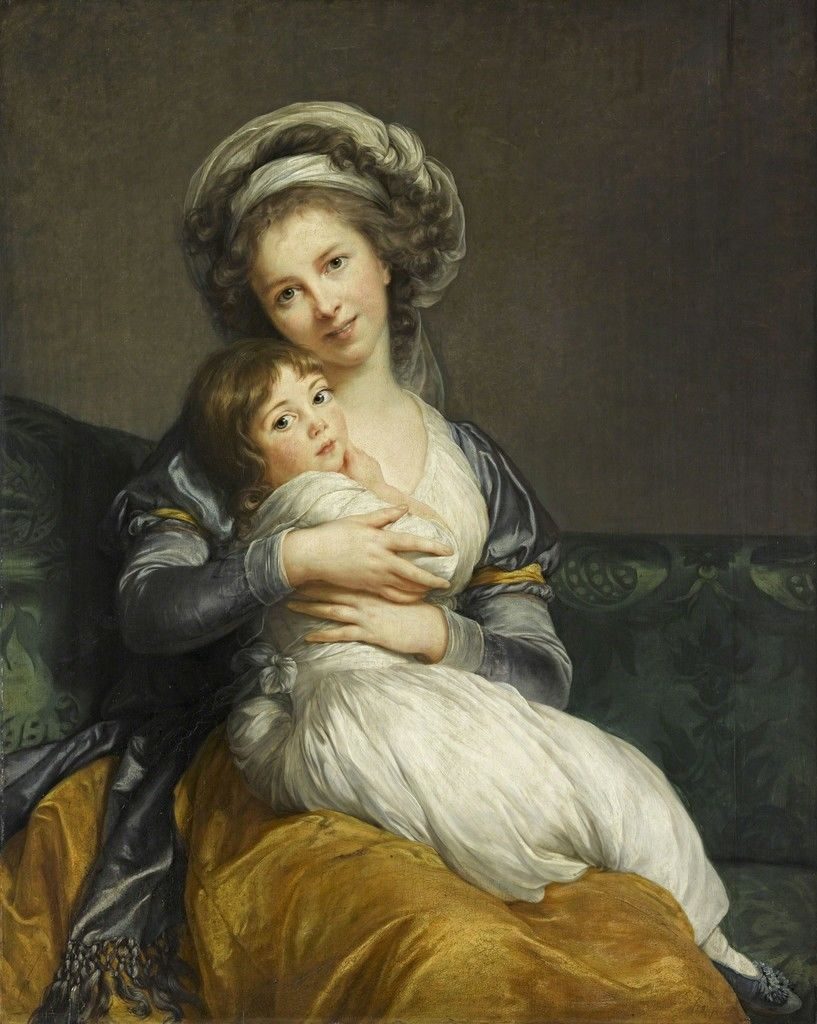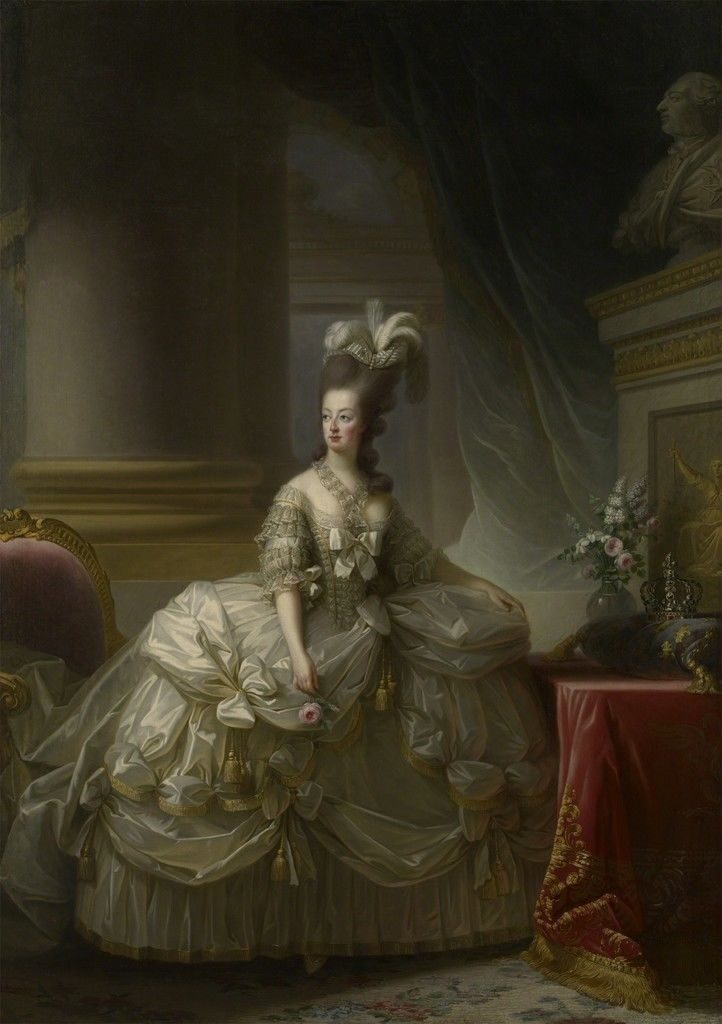Considered part of the late rococo period, Élisabeth Vigée Le Brun was a prominent French portraitist, with hints of neoclassicism permeating her paintings.
Élisabeth displayed her creativity and talent from a young age, drawing in notebooks and even the walls of her school. Her father, Louis Vigée, acted as her teacher in all things art – especially pastels – and further cultivated her artistic aspirations. However, after the tragic premature death of her father, Élisabeth decided to abandon her passion for art at the age of 12.
Fortunately, a family friend and fellow painter, Gabriel-François Doyen, convinced her to pursue art once again. With her stunning talent, she quickly rose through the ranks of the French art world, before becoming the official portraitist for Marie Antoinette; in six years, 30 portraits were painted. Élisabeth was even accepted into the Royal Academy of Painting and Sculpture, despite her being a woman and her low social status, adopted from her art dealer husband. Eventually Élisabeth was forced to flee the country with her daughter due to various slanderous publications from people who didn’t believe a woman could paint so well and thought she had another artist assisting her. Despite leaving her husband and home, Élisabeth continued working and building her clientele outside of France. In 1802, she finally returned to Paris, becoming friends with Joséphine Bonaparte and further spreading her work across Europe.
I find her work to be oddly comforting, with the abundance of curves and softness of lines – giving figures an ethereal disposition. Her perseverance is also to be admired; despite all the hardships, she continued to do what she loved and didn’t let anything – whether gender or social class related – get in her way.

Self-Portrait in a Straw Hat, oil on canvas. 
In Marie Antoinette in a Chemise Dress, Élisabeth aimed to create an authentic portrayal of the queen, but this led to backlash and was quickly removed after its reveal. 
Self-Portrait with her Daughter was an extremely controversial piece in its time, due to her showing her teeth in the painting. This appalled the Paris Salon, and led to many scandals. 
I find the painting Marie Antoinette in a Court Dress to be an odd depiction of a monarch – and a queen no less! The lighting is dark with muddy colours that contradict the majority of royalty paintings at the time – paintings full of vivid colours and harsh lighting. Élisabeth was always known for her affinity with breaking conventions. 
This is the Portrait of Mrs Spencer Perceval. I’m not a huge fan of this painting in comparison to her others, as the exaggerated features makes the subject appear childlike – though that might have been requested by the client.
Sources:
https://fr.wikipedia.org/wiki/%C3%89lisabeth_Vig%C3%A9e_Le_Brun
Kathrin,
You are moving outside the box to a degree with your posts on both Gentileschi and Vigee-Lebrun. Both are of the period you slot them in but a) I lecture on Gentileschi (you are suppose to post on an artist I don’t cover) and b) I have a PP lecture on Women in Art at the end of the course where you can post at the time. Anyhow that said your information and your personal take on the artists you cover is good.
Jeff